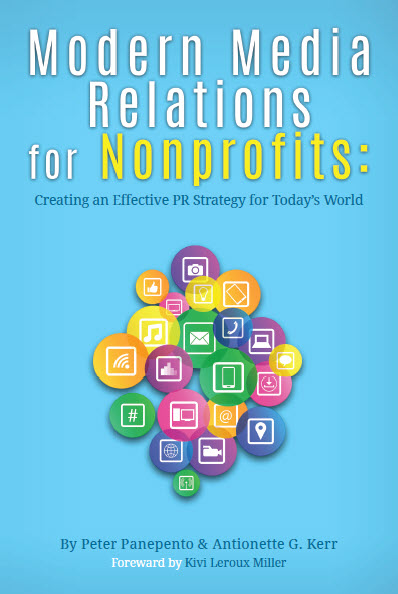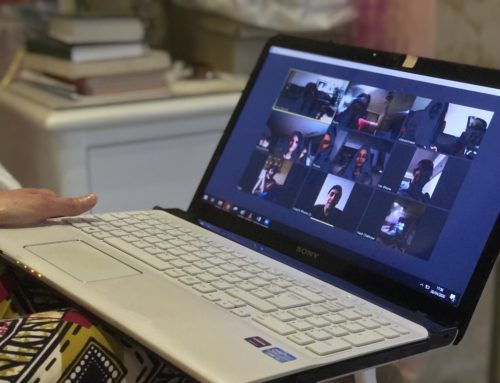 Media relations is a lot like fundraising.
Media relations is a lot like fundraising.
The best fundraisers at your nonprofit are successful because they take the time to understand their prospects and build personal connections. They don’t waste their donors’ time — and they are careful not to come on too strong and approach them too often.
A new survey of more than 1,350 media members by the media database company Cision shows that reporters want to be treated the same way.
The 2018 Global State of the Media Report surveyed media members from the United States and worldwide and finds that these journalists are facing unprecedented pressures.
Not only are they working in smaller newsrooms and facing stiffer competition, they are also getting bombarded with false information and spam.
As a result, they are increasingly looking to build relationships with media relations professionals they can trust.
“Journalism is dealing with several challenges these days, but the PR industry can help news outlets navigate these choppy waters,” the report concludes. “The PR professionals who can help reporters and editors with their work — by providing them accurate, information-rich press releases, and by giving journalists access to sources — will be the ones who will succeed the most.”
If you’ve been following this blog or have attended any of my webinars with Nonprofit Marketing Guide, you’ve heard variations on this message before.
But don’t just take it from me. Let’s hear from the reporters themselves.
The Cision report highlights five things reporters recommend to PR professionals who are looking to get better coverage for their organizations:
1. Research and understand my media outlet
Reporters get a lot of emails pitching stories that not only fail to connect with their beats, but have no chance at all of appearing in their media outlets. Before you reach out to a reporter, spend some time getting to know their outlet, the types of stories it covers, and its tone. For most outlets, all you need to do is spend a few minutes on its website researching recent coverage to get an understanding of what it does. By taking this step, you’ll be able to craft more appropriate pitches and make better decisions about what and when to share ideas. Ultimately, this will save you — and the reporters — a lot of time.
2. Provide me with data and expert sources when I need them
Reporters often have little trouble finding story ideas. Instead, they struggle with finding the right people to interview and the right information and research to round out their reporting. Media relations professionals who can provide them with sources and data tend to jump to the top of their lists when they’re in a pinch. It also helps to provide contact information, news releases, and key research on your website so reporters can find you when they’re researching their stories.
3. Tailor the pitch to suit my beat
When you do pitch a story, you’ll have a greater chance at getting coverage if you take some extra time to frame it in a way that connects with the reporter’s beat. Instead of simply sending a news release, take time to write a cover note to each individual reporter that provides a clear news hook that connects with their coverage areas. If you can show them why your pitch can help them — and why it’s important to their audience — you’ll be more likely to jump to the top of their ideas pile.
4. Stop spamming me
On the other side of the coin, avoid sending your pitches and news releases to everyone on your media list. If you’re regularly pitching stories to reporters who aren’t likely to cover those stories, you’re going to annoy them — and they’re going to stop clicking on your emails. You’re much better off sending one good pitch per year to a reporter than 10 mediocre or bad ones.
5. Include multimedia assets when you pitch
As the demands for online and social content continue to grow — and resources in many newsrooms continue to shrink — many reporters are under pressure to gather their own video, audio, infographics and other assets to accompany their reporting. If your nonprofit can gather and provide those assets ahead of time, you are more likely to find success.
Learn more
Journalist and nonprofit media relations expert Antionette Kerr and I provide an in-depth guide about how nonprofits can succeed in the modern media world in our book, Modern Media Relations for Nonprofits.
In the meantime, if you’re serious about getting your nonprofit’s story told in the media with greater frequency, you’d be wise to digest insights from the reporters themselves.
“Journalists ask that you research them, understand who they are and what they cover before pitching them,” the Cision report concludes.
In other words, they’re a lot like donors.





